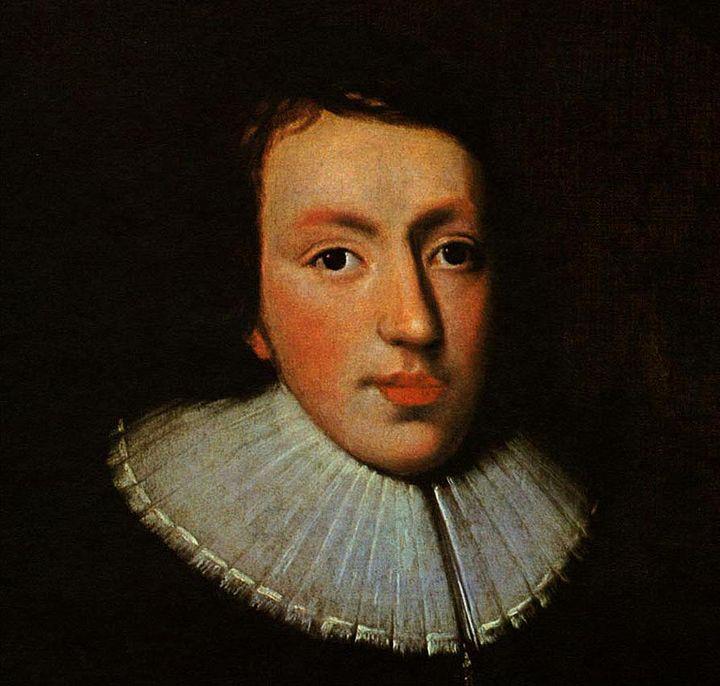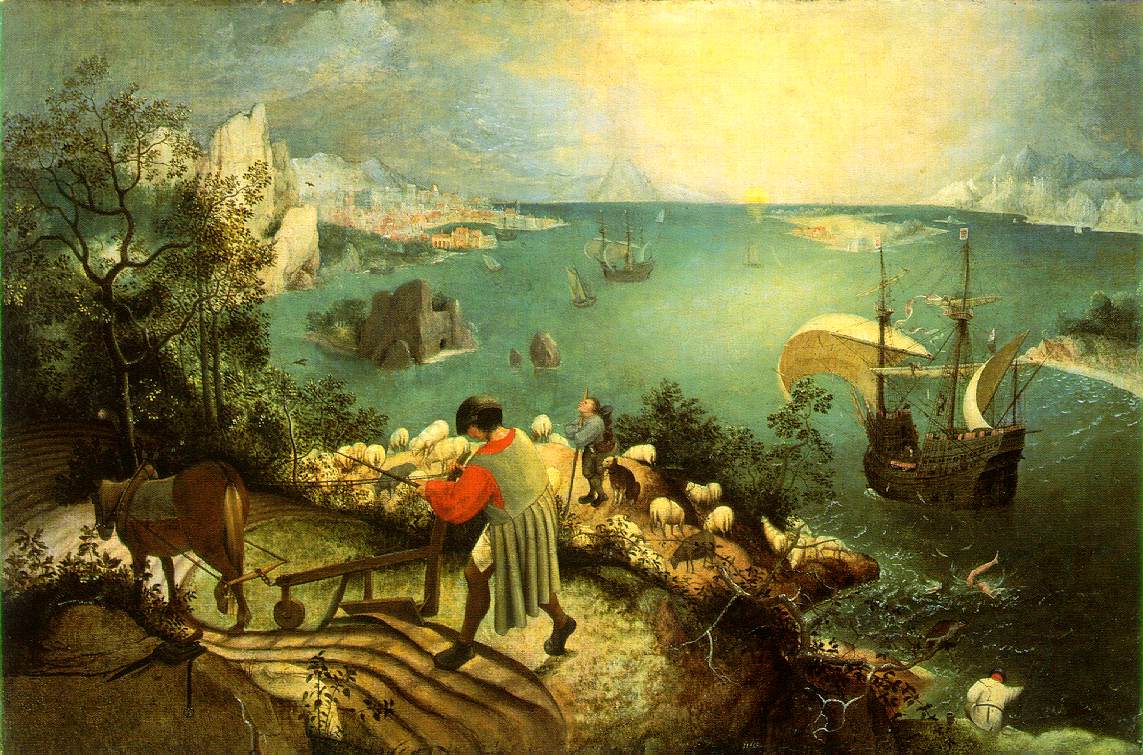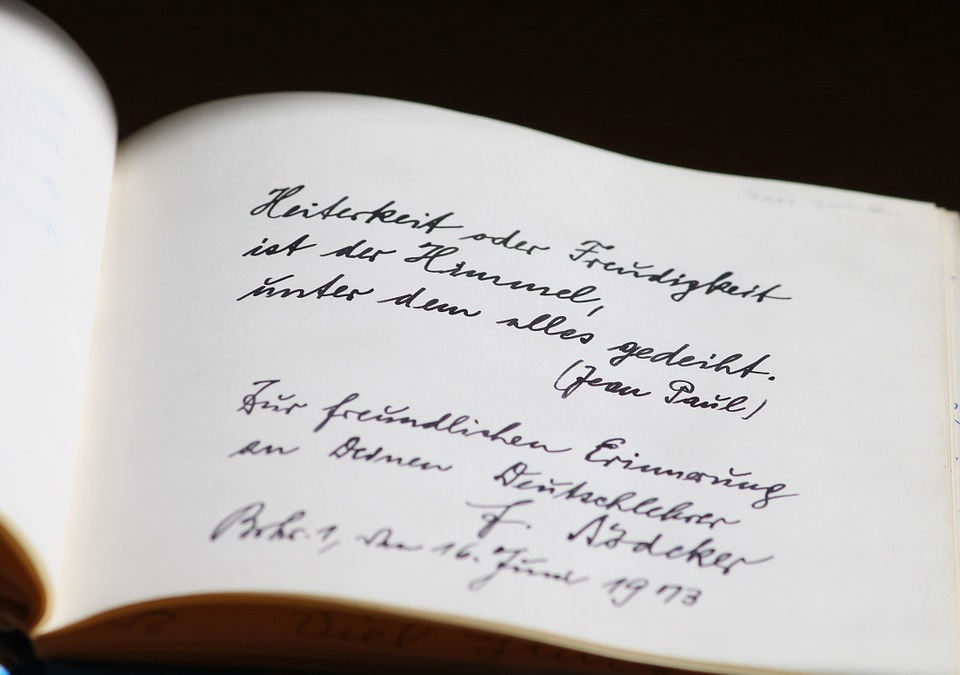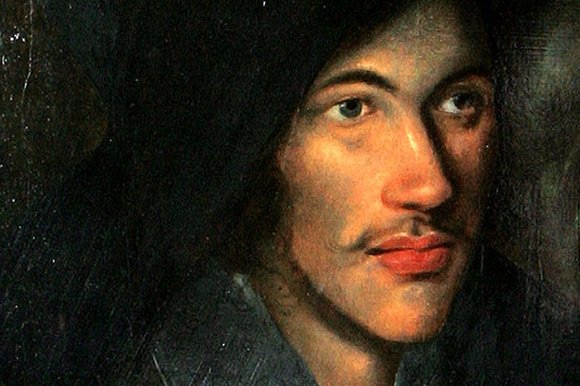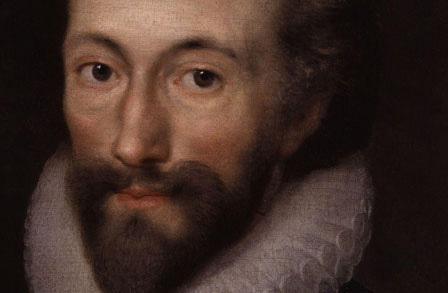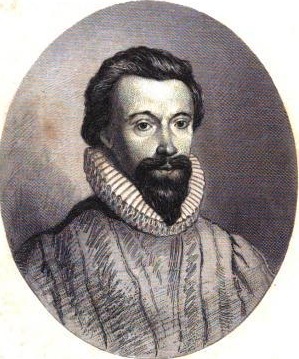About the poet: The English poet John Donne born on 22 January 1573, was born in London to a rich iron merchant. He is one of the most prominent metaphysical poets, his works are marked by strong and a sensual style, it includes sonnets, love poems, religious poems, Latin translations, epigrams, elegies, songs, satires and sermons. The vibrant language and innovative use of metaphors makes his poetry different from that of the others. Abrupt openings, various paradoxes, ironies, dislocations, frequent dramatic or everyday speech rhythms, tense syntax and tough eloquence give uniqueness to Donne’s poetry. His poetry was not just an artistic creation, through poetry he managed to encapsulate his reaction against the conventional Elizabethan poetry and mannerist techniques; his poetry painted the picture of the English society.
His poetry also explored the idea of true religion. At the age of 11, in 1583, h attended Hart Hall now Hertford College, Oxford; three years later he went to study at the University of Cambridge; in 1591, he was accepted at the Thavies Inn legal school, in London; in 1952 he was admitted to London’s Inn; Even though he had great academic records and poetic talent, he had to spend several years in poverty, mostly relying on his wealthy friends. He had spent most of his inherited wealth on womanizing, literature and travel. He secretly married Anne More, in 1601, with whom he went on to have twelve children. Apart from being an Anglican priest in 1621, he was also a member of the parliament in 1601 and 1614. He died on 31 March, 1631 and was buried in old St. Paul’s Cathedral.
Poetic Devices in A Hymn to God the Father
SYMBOL: Line 1: “sin” that was committed before the birth of the speaker, most likely refers to the Original Sin committed by the First man and woman, Adam and Eve, which in turn gave human the sinful nature.
METAPHOR: Line 8: “door” is a metaphor for making a way for the others to commit sin, just as him.
Line 13: “last thread” is a metaphor that he has used to compare running out of life to running out of thread while spinning yarn, thereby showing the temporary nature of life.
Line 14: “shore” is another metaphor for Limbo, a place that exists, according to some religious tradition, for people not ready for heaven and not sinful enough for hell.
REFRAIN: Line 5-6 and 11-12: the last two lines of the first stanza and the second stanza are identical, and this is called refrain.
PUN: Line 11: the word “done” very meticulously has been used by Donne. Being a metaphysical poet, it was his forte to use puns and wordplays, by using the word done which is close to Donne, he makes the poem about his morality.
Line 15: by using the word “Son” he is comparing God’s Son with the actual sun.
A Hymn to God the Father Summary by John Donne
The poem sets out with a very simple question for God, whether he will forgive the sin that the humans are born into. The speaker doesn’t forget to clarify that this sin wasn’t committed; in fact, he was born after it happened. But in the very next line the speaker surprise God as well as the reader with, another question; whether God will forgive his sins, which he is committing now. But the first stanza ends with a heads up for the upcoming list of sin, which he is going to mention in the rest of the poem. In the second stanza, the speaker echoes the same questions, but this time the sins involve others who have participated with him; some of the sins he was able to dodge but only to give in later on. The second stanza ends on the same note as the first one; once again he makes it a point to remind God that this is not the end of the in, there is more to come.
The first two stanzas give us feeling that the speaker must be held be holding back a ton of sins, but the third stanza comes as a jolt, as it is one single sin; the sin of doubt. The speaker is worried, he is afraid of dying before his sins have been forgiven. Probably the fear of being stuck in between heaven and hell is what made the speaker question God. Though the third stanza serves as an answer to the questions asked before, it does not satisfy the reader’s curiosity. The speaker is no more doubtful, has little worries; he has figured out that as long as Jesus stands between man’s sins and God, there is nothing to be worried about.
A Hymn to God the Father Analysis by John Donne
From the very first line, the speaker keeps ranting about some sin, in the second line we realize may be he is referring to the Original Sin, as “it was done before” he was born. In Genesis, the first book of the bible, Adam and Eve ate an apple, that they were instructed not to consume, thereby committing the first sin. But the third line informs the reader that as a human being, we cannot simply cease our sinful acts, and the speaker to has been committing sins. He is aware and makes us aware too, the helplessness of the situation; in spite of knowing that he is committing sin, he knows that he will still keep committing it, and the credit for this goes to human nature. Human, as if has been cursed after the original sin where we cannot stop ourselves from sinning. The first stanza ends on a note of anticipation, as to what the speaker is going to say. The reader is familiar with the fact that the speaker is aware that he is a sinner, and has asked for God’s forgiveness then what is it that makes him say, “For I have more”.
His words echo the notion that after the original sin men cannot stop the sinful nature; no matter what we do we are always guilty; as if their sin has tainted our souls forever. The second stanza introduces us to the imitating nature of men, it is perhaps because of this that the speaker is able to influence others; the idea is that as he is committing sin, it tempt others to do the same; that in turn becomes another sin committed by the speaker. He next brings in another sin that he has committed. He has successfully for a few years avoided a sin, but eventually, he gave into it “wallowing” in them much longer than he resisted them. This stanza too just like the last one ends in such a manner that it heightens the anticipation created by the first. Once again he says, that once God is done forgiving him for the sins so far mentioned, he will carry on to mention few more. Finally, in the third stanza, this anticipation meets with its cure as the speaker says “I have a sin of fear”.
He is not exactly afraid of death, rather is afraid of dying “on the shore”; the shore refers to the Limbo, the place where some religious traditions believe exists for people not ready for heaven but not quite sinner to be doomed to hell, either. This makes the intention of the poem clear, it because of being stuck in the Limbo and not ascending to heaven that the speaker keeps asking for forgiveness. The pattern of the poem of asking something from God comes back once again in line 15, where the speaker requests God to swear to him, that “thy Son”, Jesus will continue to “shine” on his life, the way he has “heretofore”. Now, this is symbolic, in the Christian tradition, Jesus’s death on the cross represents ultimate forgiveness for those who accept Him. His words “Father forgive them, they do not know what they are doing”, was to save His children from the wrath of his Father. Unlike the worrying speaker, whom we met at the beginning the speaker at the end, has “fear no more”. For he is confident that if Jesus stays with him, protecting him from God, just as He had in the past, he has nothing to fear.
Tone of the poem: There is no sudden shift in the tone of the poem. Though the poem starts off on a doubtful note, and ends with confidence and peace of mind, hardly there is any sharp curve in the tone. From the beginning due to the rhythm that Donne has used in the poem, the reader can anticipate the positive end of the poem. Hence there is a presence of a positive undertone throughout the poem.
Conclusion: The poem is obviously dominated by the idea of Sin. Starting from the original sin to the sin of fear, there is a variety of sin mentioned in the poem that has been committed by the speaker, or it can be said by men. Needless to say, the poet has very skilfully inculcated the Christian concept of compassion and forgiveness, most strikingly through the figure of Jesus who stands between the sinner and the wrath of His Father, keeping his promise to forgive the sinner. The rhythm used in the poem gives it a musical quality, which is not surprising keeping in mind that it is a hymn.
Some online learning platforms provide certifications, while others are designed to simply grow your skills in your personal and professional life. Including Masterclass and Coursera, here are our recommendations for the best online learning platforms you can sign up for today.
The 7 Best Online Learning Platforms of 2022
- Best Overall: Coursera
- Best for Niche Topics: Udemy
- Best for Creative Fields: Skillshare
- Best for Celebrity Lessons: MasterClass
- Best for STEM: EdX
- Best for Career Building: Udacity
- Best for Data Learning: Pluralsight
